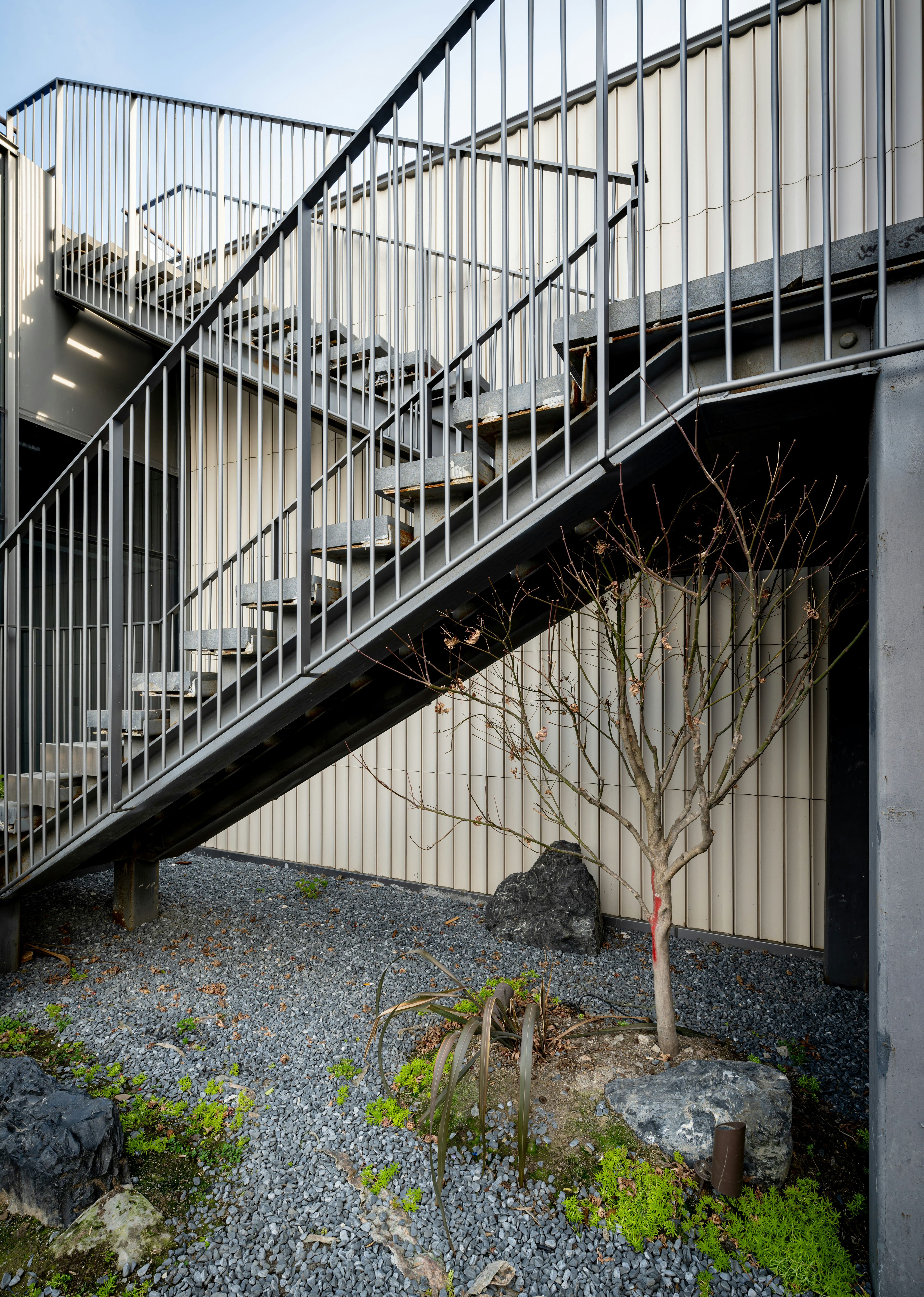Navigating building codes can feel daunting, especially in a bustling city like Chicago. When it comes to stairs and railings, adhering to specific codes is critical not only for safety but also for ensuring your property remains compliant with local laws. In this guide, we'll break down the essential elements of Chicago's stair and railing codes, focusing on heights and spacing, so you can confidently ensure your project meets the necessary standards.
Overview Of Stair And Railing Codes
Chicago's stair and railing codes are designed to promote safety and accessibility in residential and commercial buildings. These codes address various aspects, including structural integrity, material quality, and dimensions of stairways and railings. Adhering to these regulations not only enhances safety for individuals using the space but also reduces liability for property owners. Every element, from the height of the risers to the spacing between balusters, is covered to ensure that both builders and occupants are provided with safe and functional environments.
Importance Of Compliance With Building Codes
Compliance with building codes is critical for several reasons. Firstly, it guarantees the safety of users by reducing risks associated with falls or structural failures. Secondly, non-compliance can lead to legal issues, as violations can result in fines, mandatory renovations, or, in severe cases, lawsuits. Also, maintaining compliance is essential for obtaining permits and passing inspections. When you comply with these codes, you're not just following the law: you're also showcasing your commitment to providing a safe environment for anyone who uses your building.
Key Regulations In Chicago’s Stair And Railing Code
Height Requirements For Stairs And Railings
In Chicago, the height requirements for stairs are precisely outlined to prevent accidents. For instance, the maximum riser height is generally set at 7.75 inches, while the minimum tread depth is at least 10 inches. These measurements ensure that the stairs are both comfortable to use and safe for all individuals.
Minimum And Maximum Heights For Handrails
Handrails are another critical aspect of stair safety. In Chicago, the height for handrails must typically be between 34 and 38 inches above the leading edge of the tread. This range is designed to accommodate users of different heights, providing a secure grip for everyone.
Exceptions And Unique Situations
While most building codes are quite strict, there are allowances for unique situations. For example, if you are retrofitting an existing structure, there may be some flexibility granted. Always consult the local building department to confirm if any exceptions apply to your specific situation.
Spacing Guidelines For Railings And Balusters
Understanding Spacing Measurements
Proper spacing for railings and balusters is crucial for both safety and aesthetic appeal. In Chicago, the maximum spacing between balusters must not exceed 4 inches. This measurement helps prevent children from slipping through or getting stuck, so keeping the area safe for families.
Impact Of Incorrect Spacing On Safety
Incorrect spacing can lead to serious safety hazards. Beyond the risk of falls, improperly spaced railings can create dangerous gaps that are particularly concerning for small children and pets. Ensuring you adhere to the 4-inch maximum spacing can help mitigate these risks, providing peace of mind for all users of the space.
For code-compliant results, work with Americana Iron Work & Fence. Our team measures, fabricates, and installs railings to meet Chicago’s 4-inch spacing rule, protecting families without sacrificing design. We also provide metal stairs painting, metal railings painting, fence installation, and custom ironwork.
Conclusion
Understanding the Chicago stair and railing code is crucial for ensuring safety and compliance in your building projects. By adhering to the height requirements for stairs and railings, as well as the specific spacing guidelines, you can create a safe environment while avoiding legal issues. Always stay updated with the latest regulations, as building codes can change. Make it a priority to consult with professionals or local authorities if you have any doubts about your project, ensuring that your property is safe and compliant.
Contact us for stairs and railings in Chicago. Schedule a free on-site assessment today.
Key Takeaways
Adhering to Chicago's stair and railing codes ensures safety and compliance for both residential and commercial buildings.
The maximum riser height for stairs in Chicago is 7.75 inches, while the minimum tread depth is 10 inches for optimal comfort and safety.
Handrails must be installed between 34 and 38 inches above the leading edge of the tread to accommodate users of all heights effectively.
Baluster spacing should not exceed 4 inches to prevent accidents, especially concerning children and pets.
Consult local building authorities to confirm any exceptions if retrofitting an existing structure to ensure code compliance.
Frequently Asked Questions
What is the maximum riser height allowed in Chicago stair codes?
In Chicago, the maximum riser height for stairs is generally set at 7.75 inches to ensure safety and comfort for users.
How tall should handrails be according to Chicago codes?
Chicago's building codes require handrails to be between 34 and 38 inches above the leading edge of the tread to accommodate users of different heights.
What spacing guidelines exist for balusters in Chicago?
The maximum spacing between balusters in Chicago must not exceed 4 inches, which is vital for preventing young children and pets from slipping through.
Why is compliance with stair and railing codes important?
Compliance ensures user safety, reduces liability for property owners, and is necessary for obtaining permits and passing inspections.
Can I modify stair and railing code requirements for existing buildings?
Yes, there may be allowances for unique situations in retrofitting existing structures. Always consult with your local building department for specific exceptions.
What are the risks of incorrect railing spacing?
Incorrect spacing in railings can create unsafe gaps, increasing the risk of falls, particularly for small children and pets. Adhering to the 4-inch guideline mitigates these hazards.

